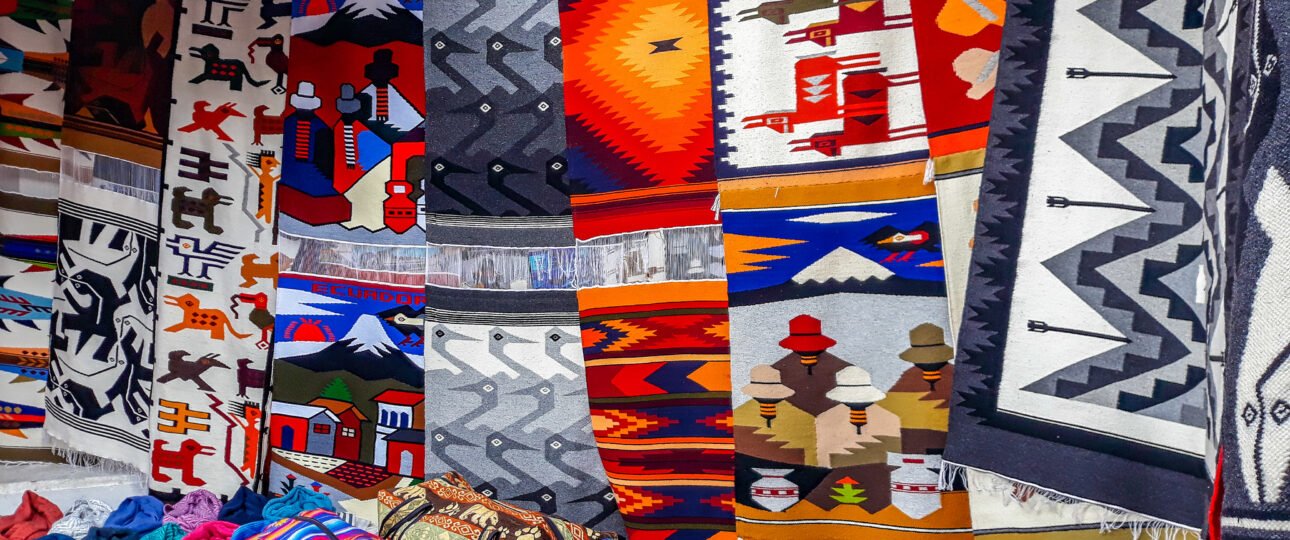Otavalo, often called Ecuador’s Intercultural Capital, is a town rich in heritage, where generations of artisans have kept textile traditions alive. The town’s famous Plaza de los Ponchos, one of the largest markets of its kind in South America, is a hub for handcrafted goods that attract visitors from all over the world.
Colorful blankets, detailed tapestries, hand-embroidered blouses, woolen ponchos, scarves, and traditional jewelry line the stalls, each piece reflecting the craftsmanship of local artisans. These items, made from sheep and alpaca wool, are the result of techniques passed down through centuries.
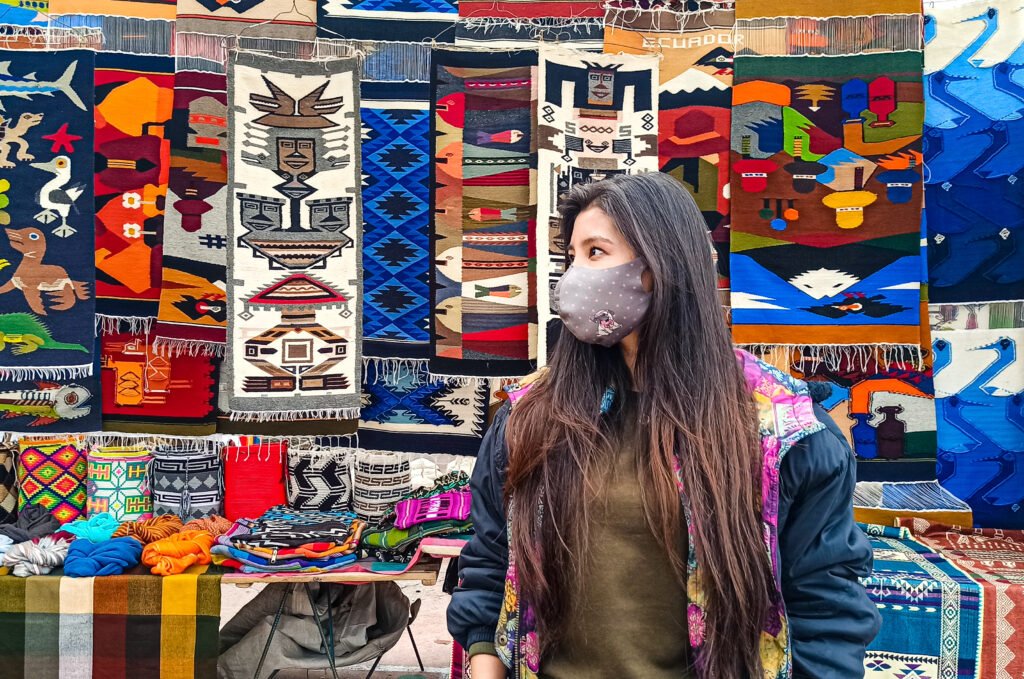
AYAHUMAEXPERIENCES
As dawn breaks, vendors begin arriving, carrying their goods on their backs or using small carts to transport them to their designated spots. While many sellers belong to the Otavalo community, other groups—including the Kichwa Cayambis, Kichwa Caranquis, Afro-Ecuadorians, and mestizos—also contribute to the market’s diversity.
«The cultural mix here is undeniable,» says Luis Yépez, an official from the Otavalo Municipal Council. «Alongside the indigenous population, we now see people from different parts of the world, such as the United States, Germany, and Peru, settling in the area.»
The Plaza de los Ponchos, also called the Centennial Market, operates year-round, but Saturdays bring the greatest activity. «It transforms into the largest outdoor crafts market in Latin America,» Yépez explains.
Rafael Yacelga, a prominent artisan, notes that prices have changed significantly over the years. In the 1980s, a poncho was sold for 60,000 sucres. Today, prices range from $25 to $30, while high-end handwoven ponchos can cost as much as $600.
The artisans who create these textiles mostly come from surrounding communities such as Selva Alegre, Apuela, Taxopamba, La Joya, and Quichinche. Their work is highly valued, with the finest pieces taking weeks or even months to complete.
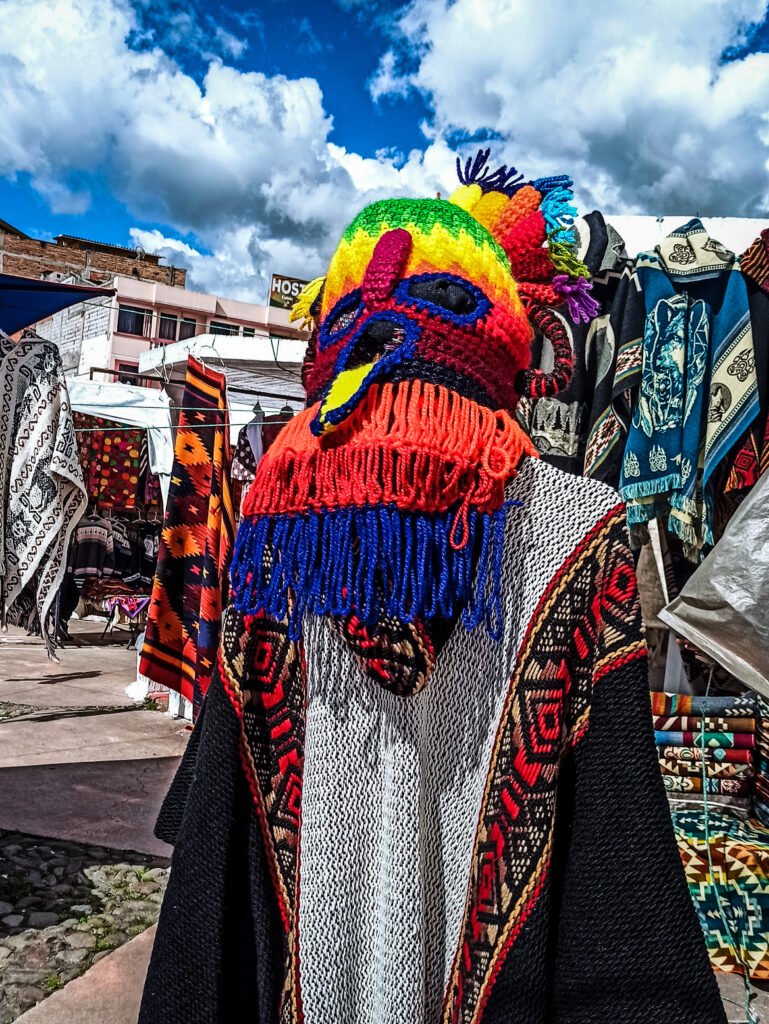
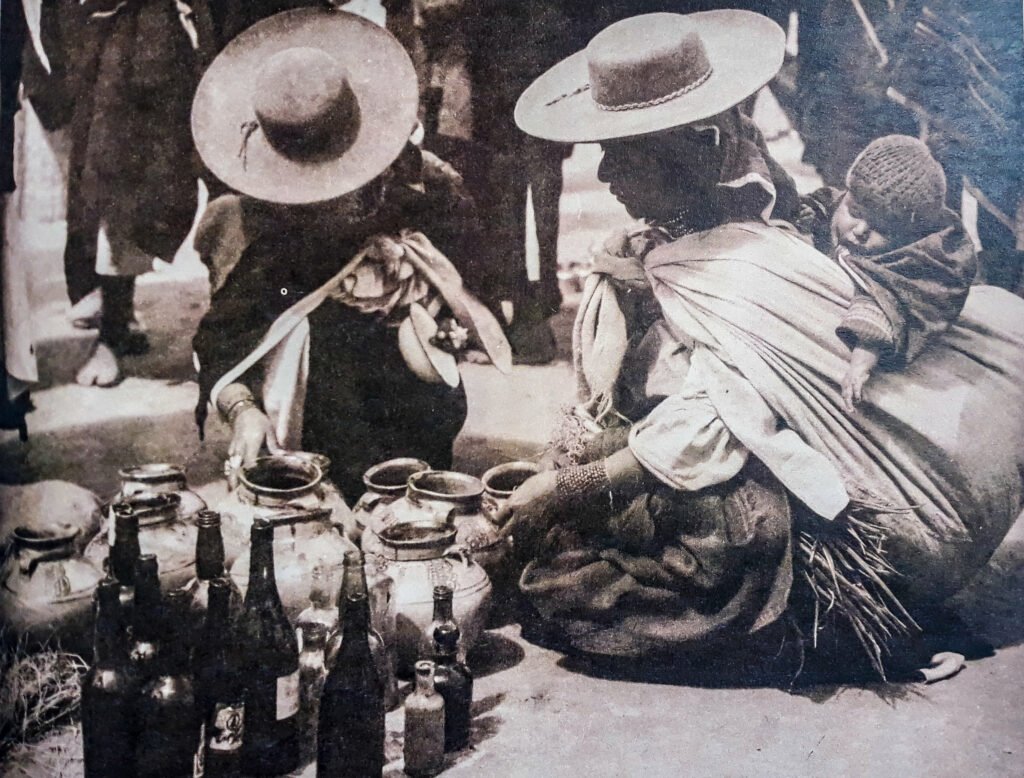
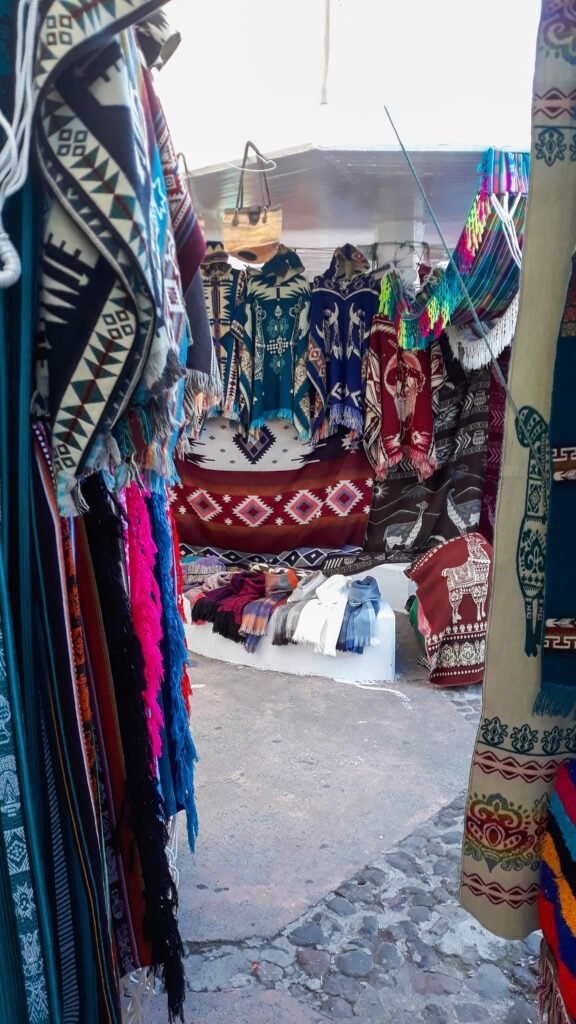
AYAHUMAEXPERIENCES
Jewelry also holds cultural significance in Otavalo. Traditional necklaces, originally made of glass beads coated with gold, once held high value, reaching up to $700 per piece. However, these original designs have become rare, with modern reproductions selling for around $8 to $10.
The market itself has a long history, dating back to 1870 when then-President Gabriel García Moreno designated it as a space for artisanal trade. Its current structure, designed in 1972, accommodates around 1,500 vendors daily, though it started with just a few traders selling goods on Saturdays.
Beyond the market, Otavalo offers other attractions. The Peguche waterfall, a stunning 18-meter cascade surrounded by dense forest, is one such site. Considered sacred by local communities, it continues to be a place for purification rituals, particularly during the Inti Raymi celebrations.
With a population of around 140,000, Otavalo remains deeply connected to its past. About half of its residents are indigenous, carrying on weaving traditions that date back to pre-Inca times. Despite centuries of change, their artistry continues to define the identity of this vibrant town.
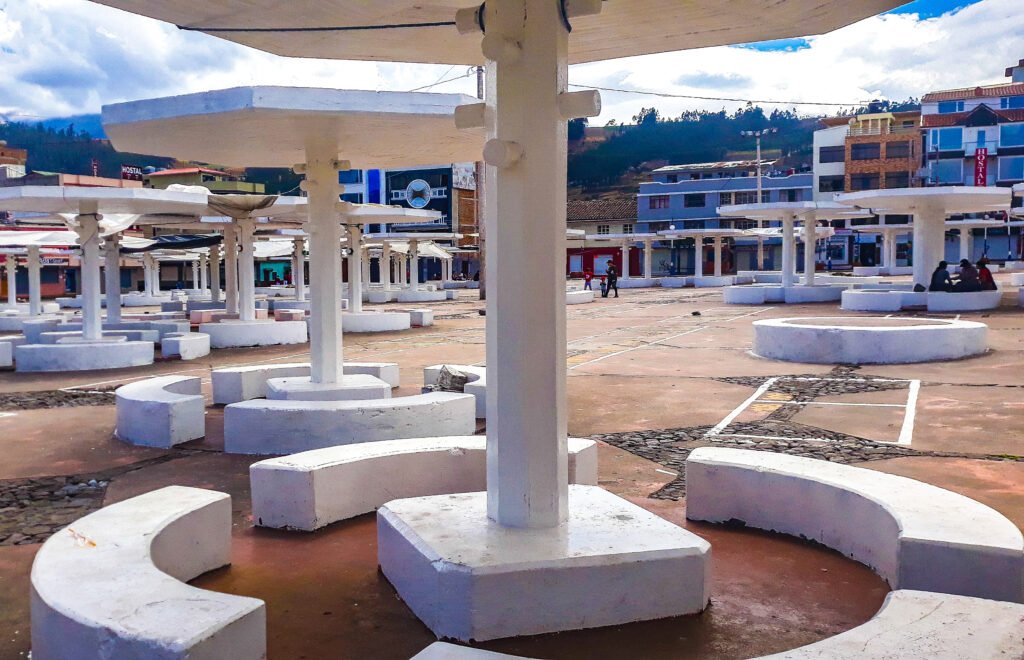
Source: Naula Herembás, Patricia. “La Plaza de los Ponchos, un atractivo de Otavalo”. eltiempo.com.ec. 10 de septiembre de 2019.

